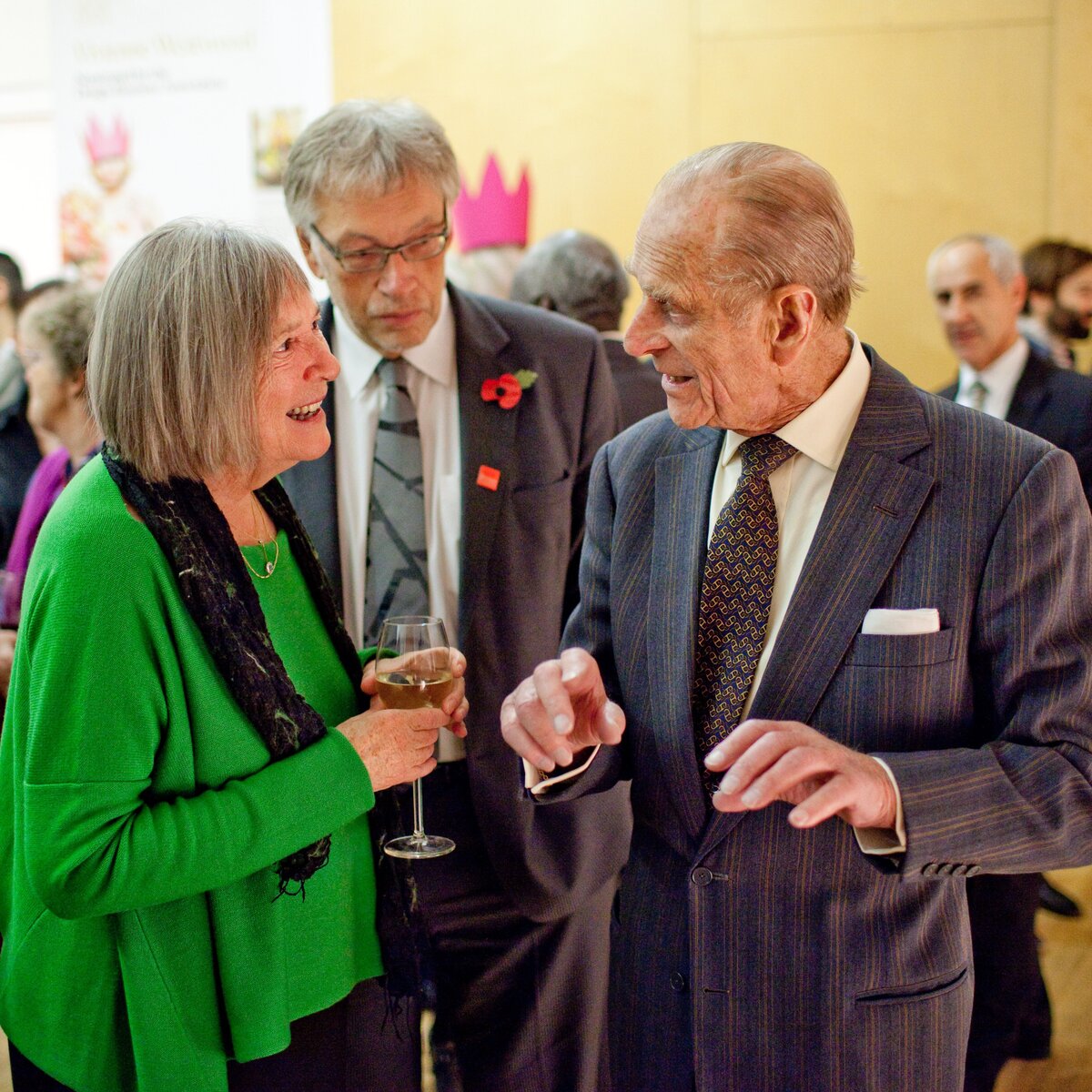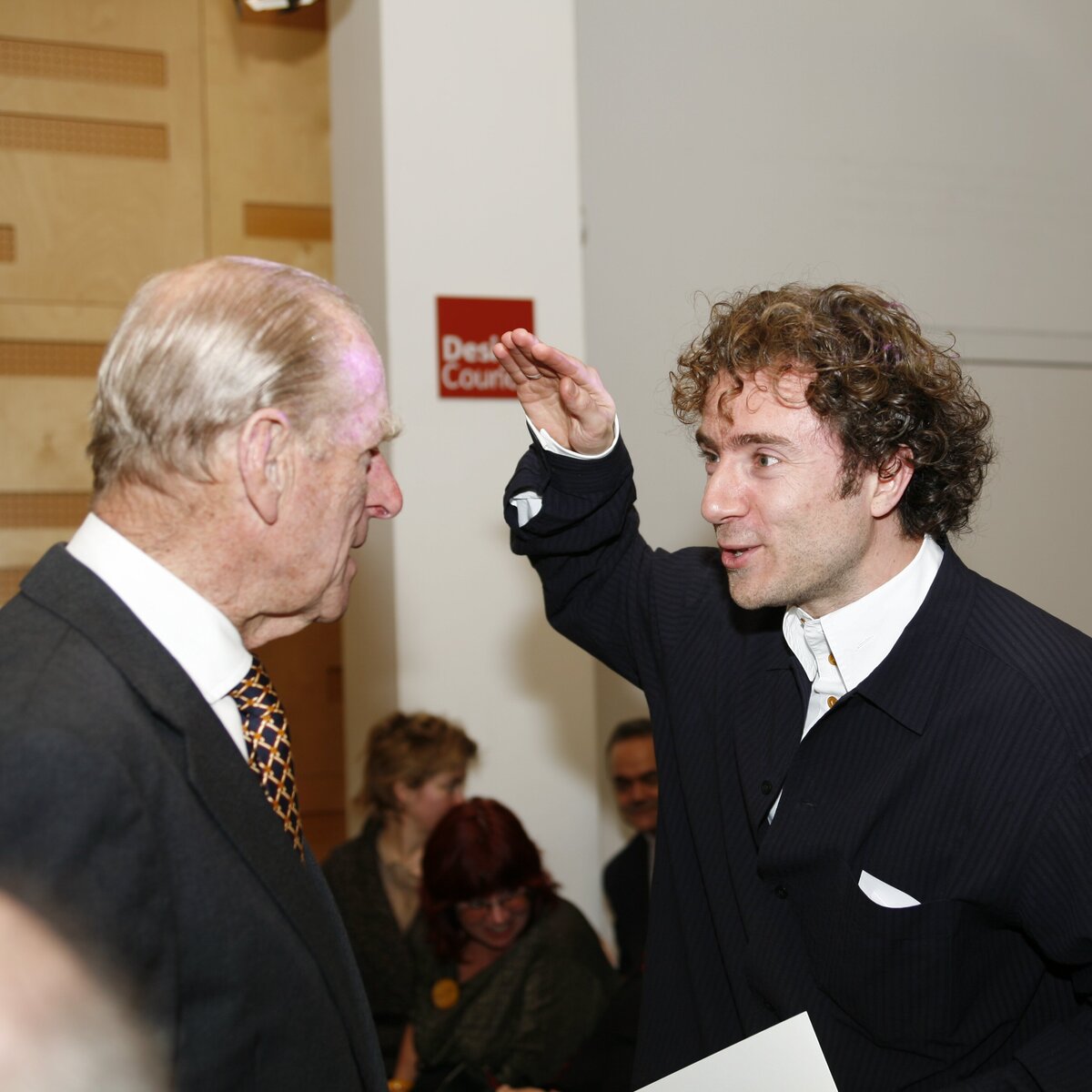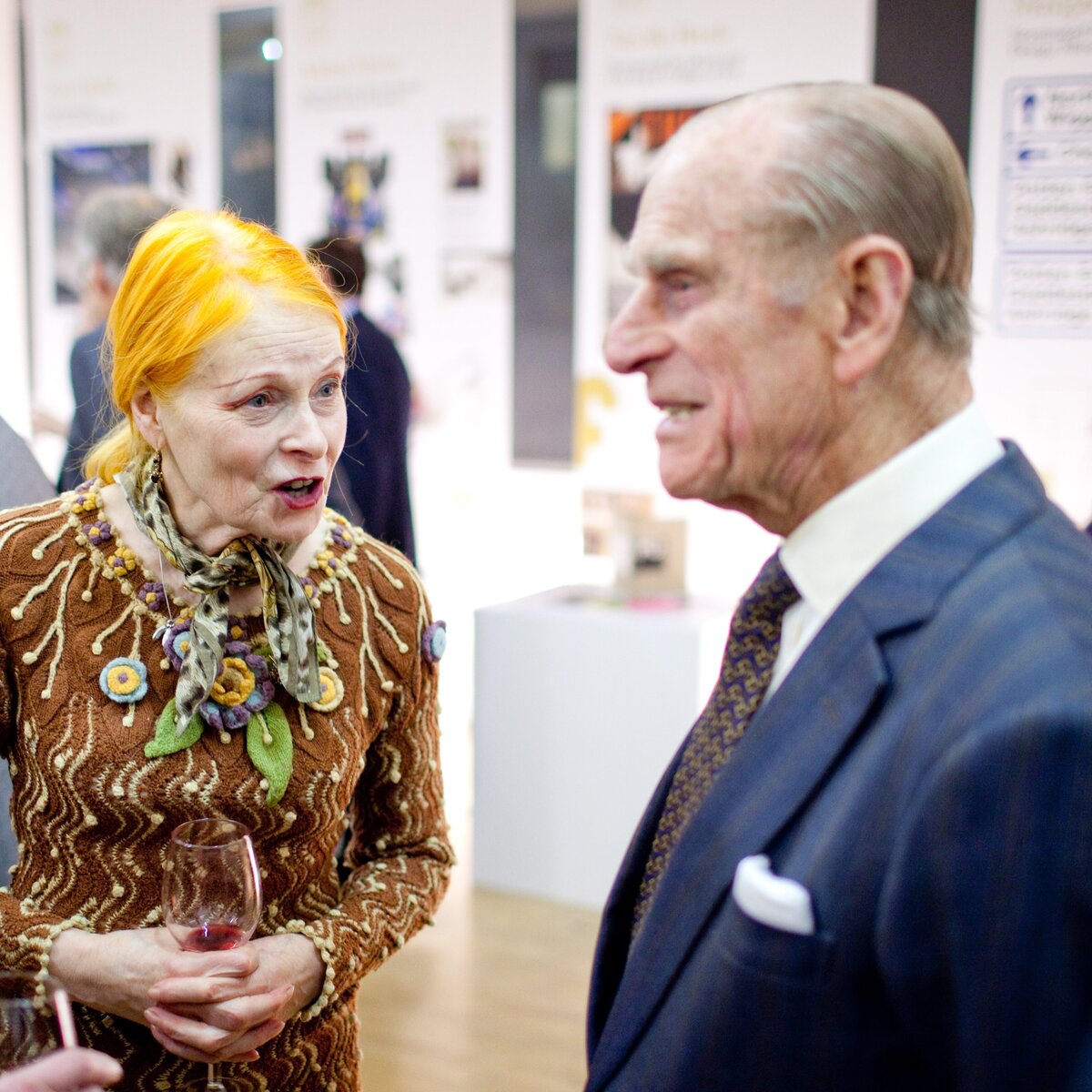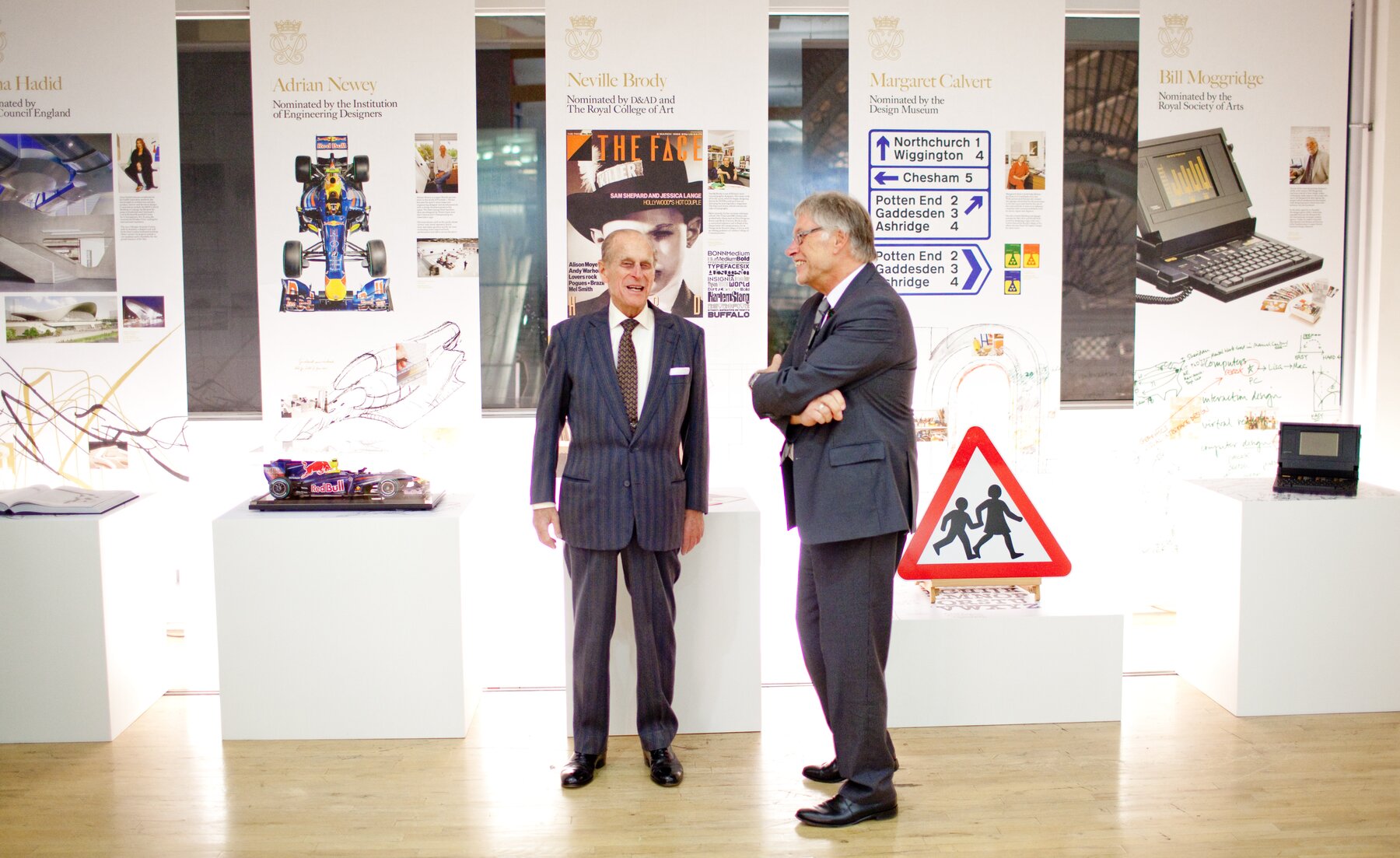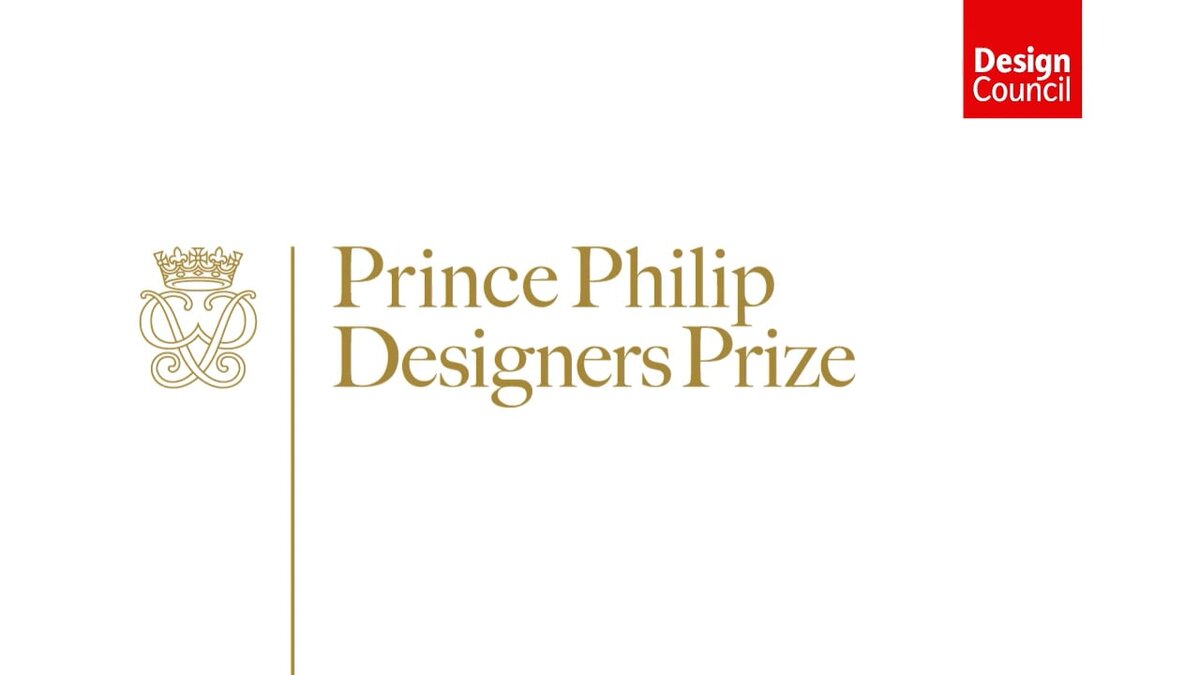The Prince Philip Designers Prize
From 1959–2011 the prize celebrated the best in UK design.
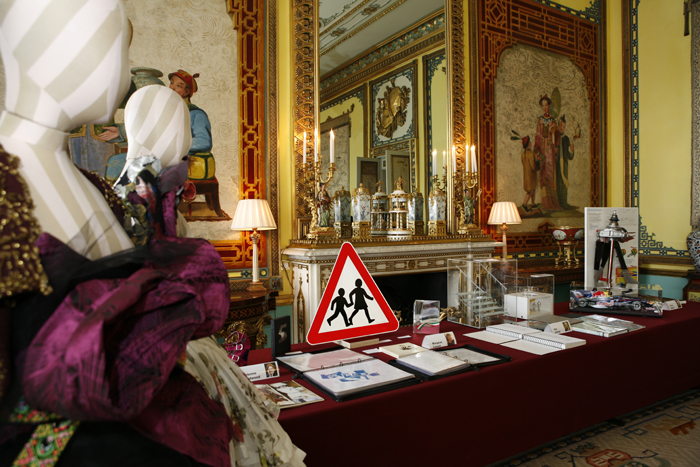
The prize celebrated how designers improve daily life by solving problems and turning great ideas into commercial reality.
The prize rewarded the best in design from products and graphics to buildings and feats of engineering, and put the spotlight on designers for influencing and shaping daily life. Its aim was to stimulate and reward elegant solutions to design problems.
The judging panel, chaired by The Duke of Edinburgh himself since its inception in 1959, chose a winner based on the quality, originality and commercial success of their work, and the designer’s overall contribution to the standing of design, and to design education. In 2011 The Duke of Edinburgh stepped down from the prize as he reduced his royal responsibilities in his 90th year.
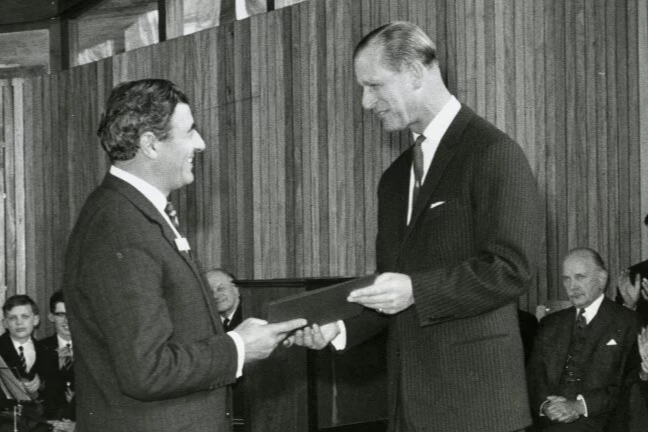
The history of the prize.
The prize was created in 1959 by Prince Philip in response to post-war austerity. Initially known as The Duke of Edinburgh’s Prize for Elegant Design, the award recognised products that stood out from the largely functional designs of the late 1950s. The first winner was Charles Longman, for the ingeniously minimalist Prestcold Packaway refrigerator, designed to fit into cramped kitchens.
From 1990 the emphasis of the prize shifted to recognise the enduring contributions of designers themselves, honouring some of the leading names of British design including James Dyson (1997), Kenneth Grange (2001), Terence Conran (2003), Norman Foster (2004), Thomas Heatherwick (2006), and Vivienne Westwood (2010).
